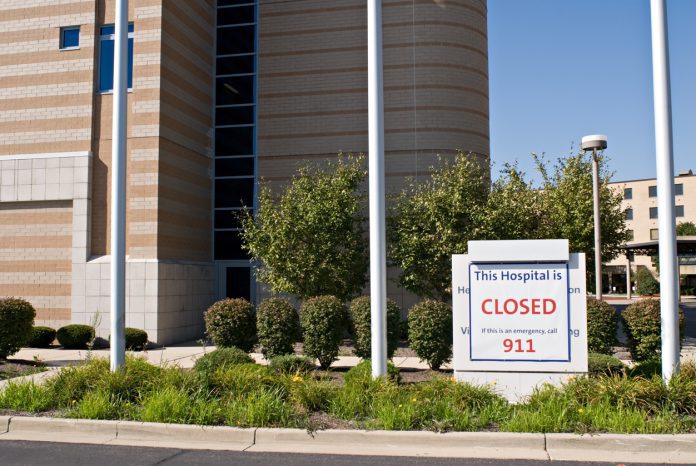Looking back to the days of COVID-19 lockdowns, it wasn’t difficult to see the surplus of healthcare providers in various specialties at the time. Prior to COIVD-19, large investment group owned establishments and regional healthcare conglomerates were on the rise with a decrease in privately owned practices. Big money was being made by these large groups. Then the industry fell flat on its back. Low patient volumes from the lockdowns contributed to downstaffing, pay decreases, and job cuts. Fortunately, things improved with time. Just like a bad selloff day on Wall Street, it would come to pass. As patient numbers improved business was booming again. Worried about making previous mistakes of too many providers for payroll, health systems were slow to adopt additional staffing. In addition to the retirement of a minority of providers when the lockdowns were in place, the burnout from the boom of patient loads led to additional providers hanging up their white coats for the final time.
Fast-forward a few years and several months later, the excitement to work for many has all but been exhausted. Those that would work extra shifts and provide a cushion for coverage have suddenly stopped. Many providers decided to work the bare minimum for what’s expected. Primary care providers don’t want additional patients on the schedule. It now can take a month to be seen. This overloads the few ED providers. This has caused a race for a small pool of providers that are still willing to work extra. This is not only seen medical providers, but also with employed nurses. There was a shift by many nurses from employed hospital jobs to travel nursing as they could make 4-5x the money working similar or even less hours. It wasn’t unheard of to hear about $10,000/week opportunities for travel nurses and retention bonuses every 3-6 months. As nurses trying to make ends meat in the hospital employed model rode things out, it was in the back of their minds that their traveling colleagues were making big dollars for the same jobs. This caused several nurses to either quit or move to traveling and exacerbated the shortage issue. Now big hospitals aren’t only full because of lack of rooms. It is now because of lack of nursing staff and coverage.
So where do we go from here? How do we get nurses to come back to work and enjoy it? How do we get providers back in the clinics? Well, it’s as simple as this. It is important for healthcare systems and establishments to increase provider compensation from their loyal and employed medical providers. This will ultimately bring back enthusiasm to the workforce without the constant job seeking behavior for better opportunities. This will bring more staff coverage overtime. The resulting adjustments will reduce the need for locum tenens and ultimately save money for the system. In addition, pay the loyal employed nurses more. Money will be saved in the long run and everyone will be much happier that they can make ends meat in this high inflation environment. Finally, the large corporate investor community needs to realize that profits need to partially flow back to the providers and healthcare workers. For without them, there is no profit.
TannerMD





